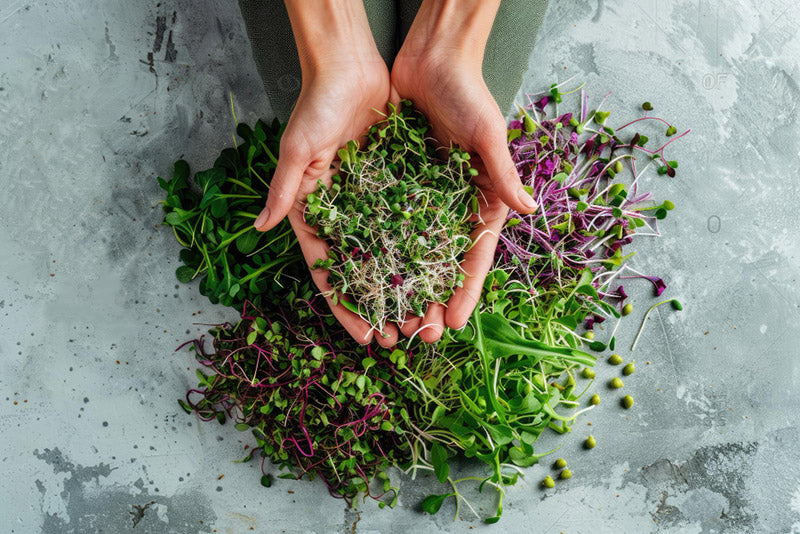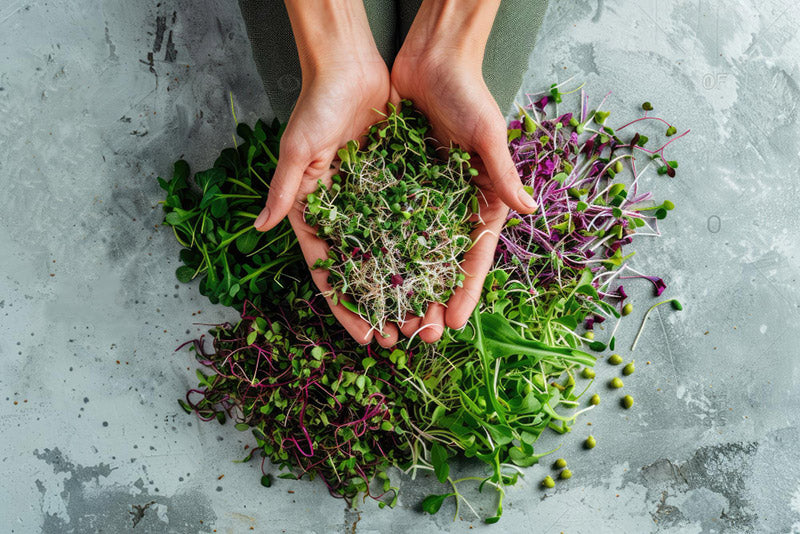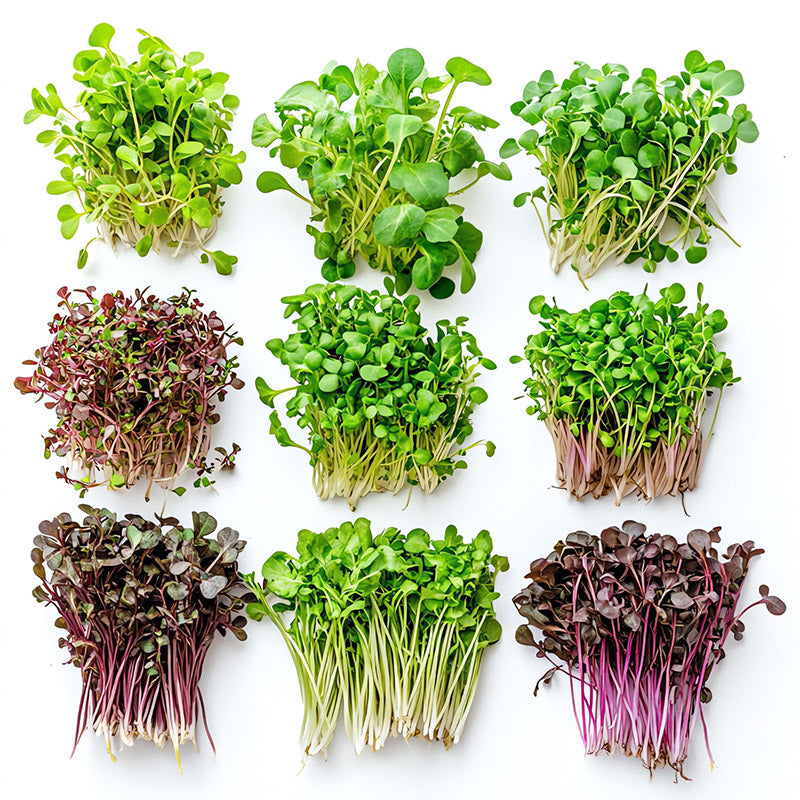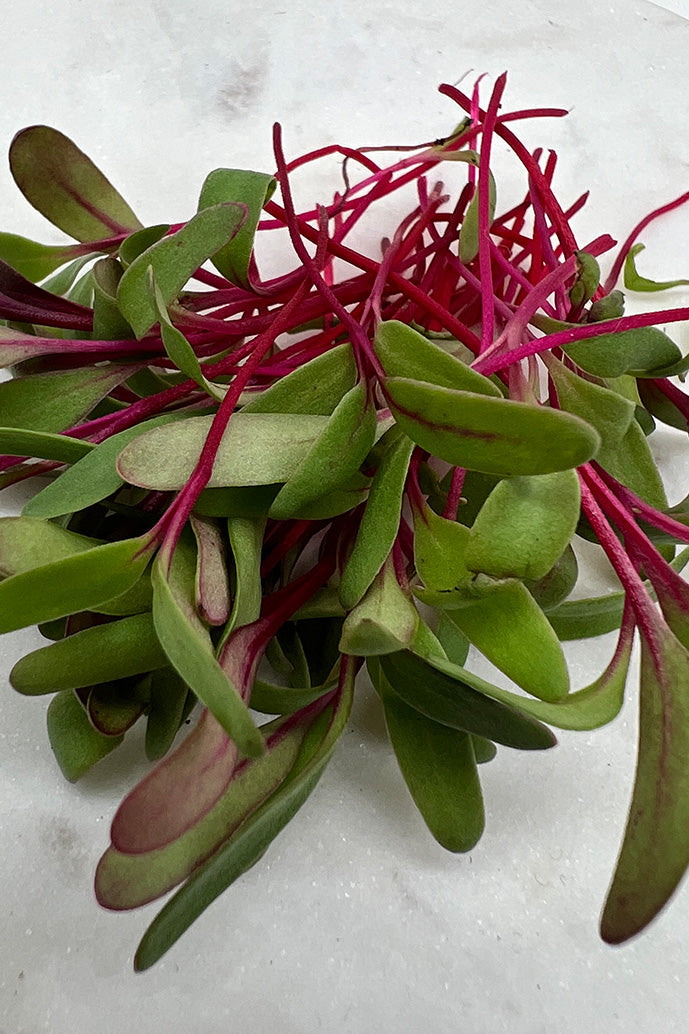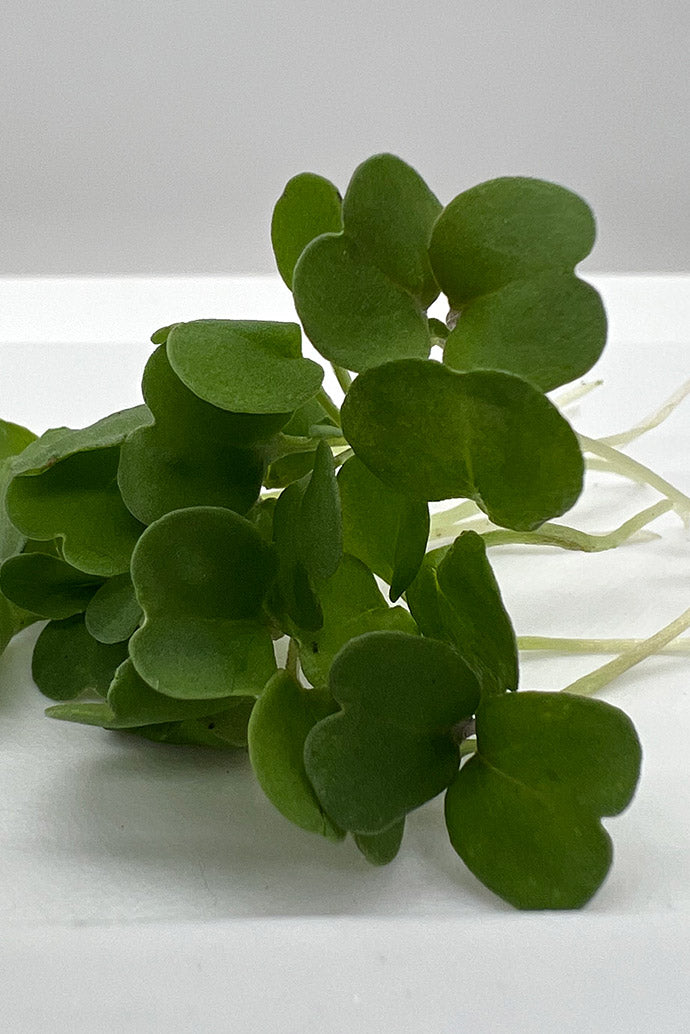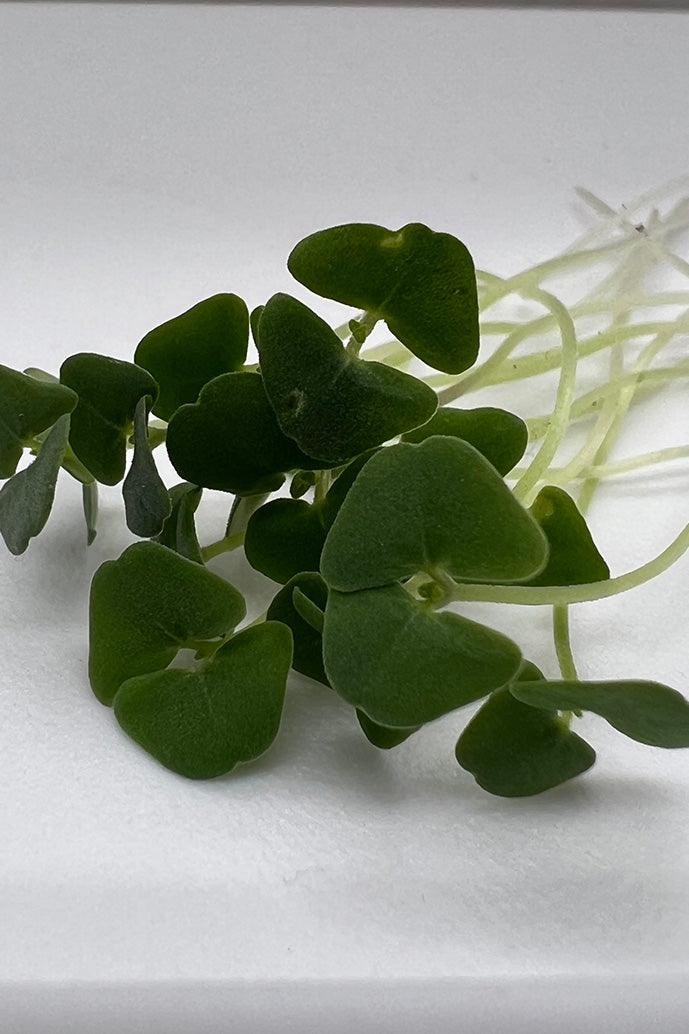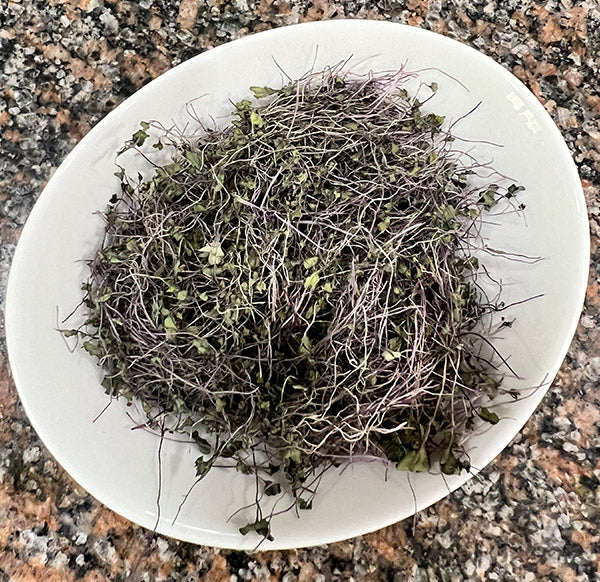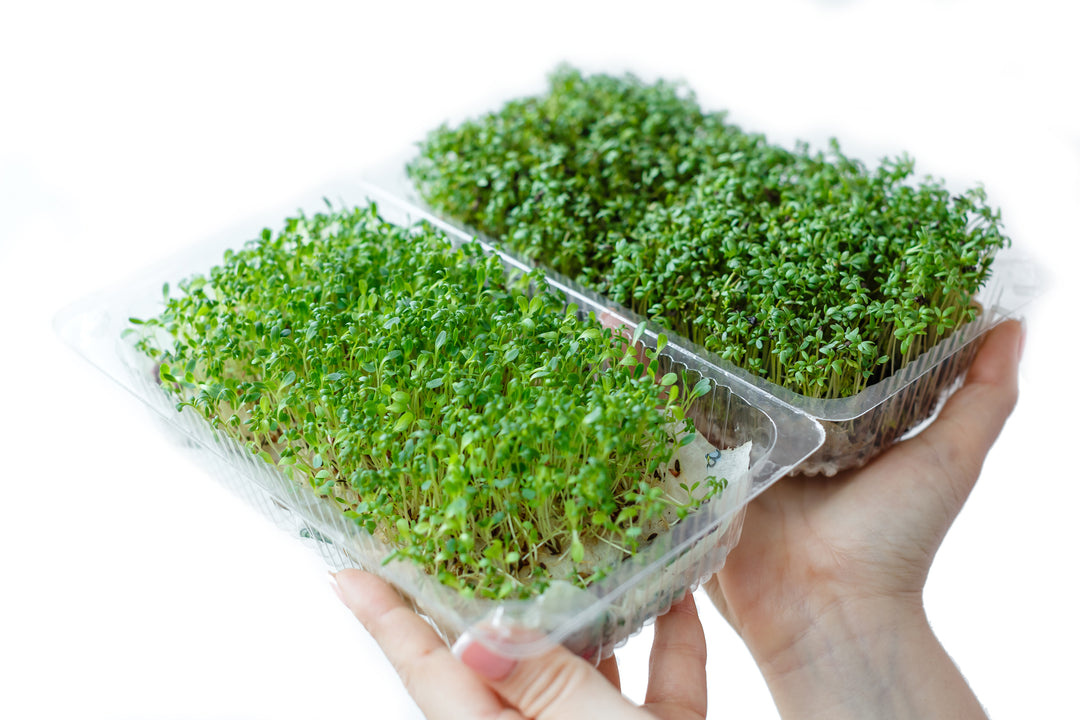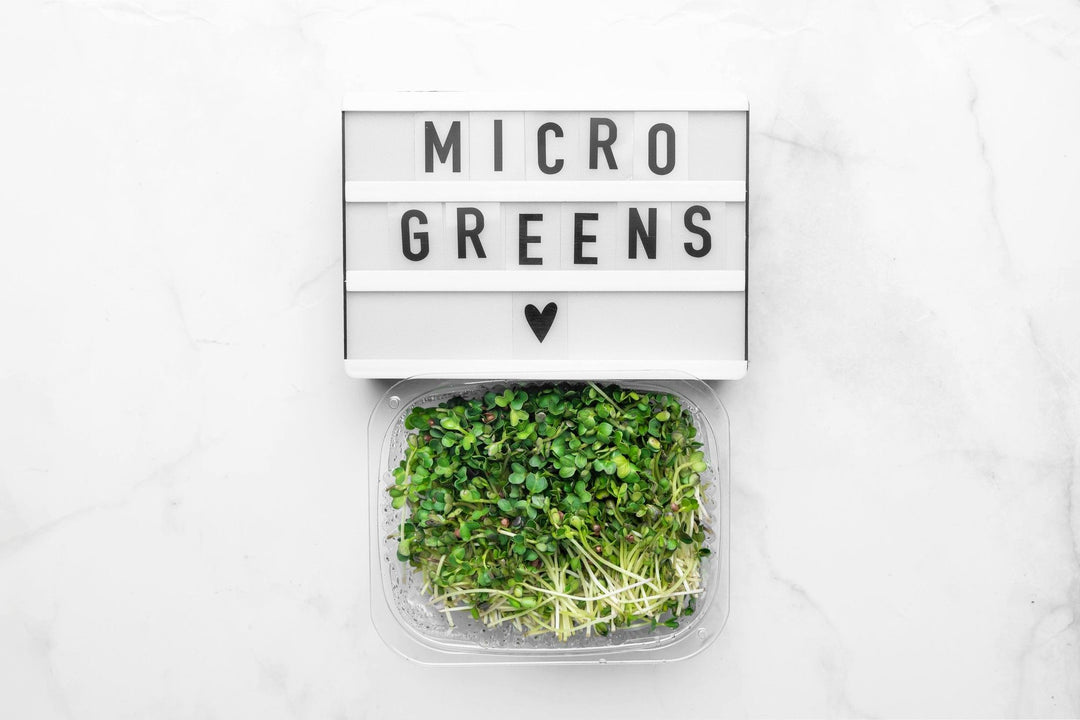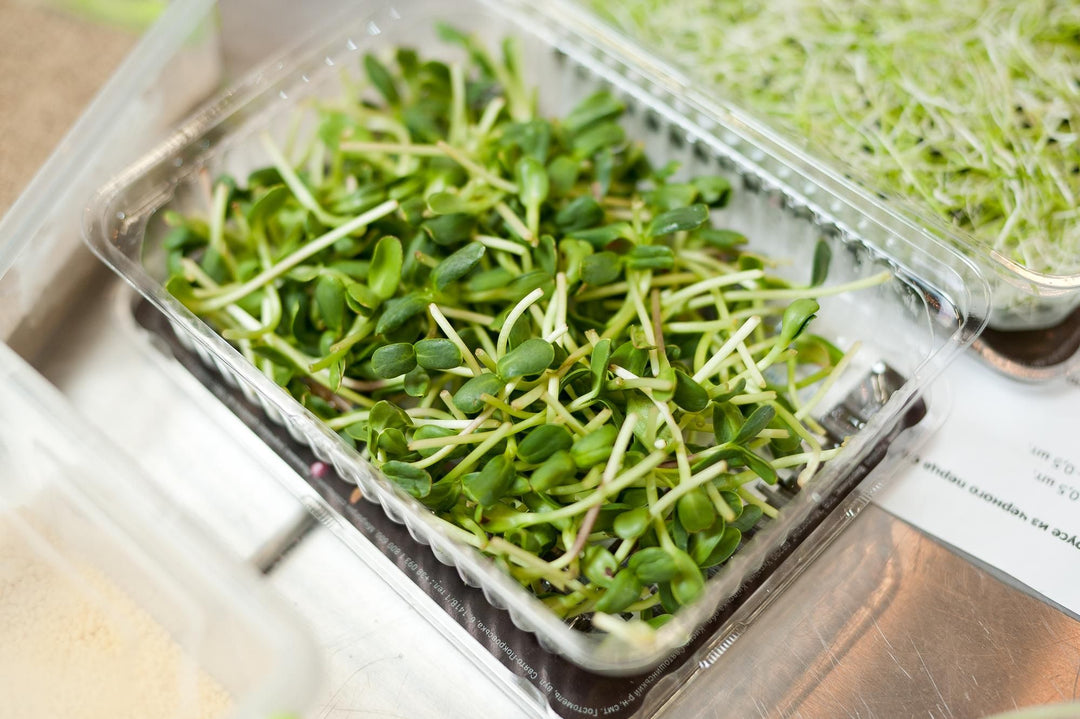

Above is a graph that compares the amount of Vitamin C in a 100 grams of the full gown vegetable versus that vegetables microgreen. In arugula microgreens there is 32% more Vitamin C then arugula, 75% more Vitamin C in red beet microgreens versus red beets, 64% more Vitamin C in radish microgreens versus radishes, 9% more Vitamin C in peas microgreens versus peas. In the graph we can see that all the microgreens listed clearly have more Vitamin C per 100g then the fully grown vegetable.

Above is a graph that compares the amount of Vitamin E in a 100 grams of the vegetable versus that vegetables micorgreen. In arugula microgreens there is 200% more Vitamin E then arugula, 350% more Vitamin E in red beet microgreens versus red beets, 200% more Vitamin E in radish microgreens versus radishes, 350% more Vitamin E in peas microgreens versus peas. In the graph we can see that all the microgreens listed clearly have more Vitamin E per 100g then the fully grown vegetable.


Above is a graph that compares the amount of Lutein in a 100 grams of the vegetable versus that vegetables micorgreen. In arugula microgreens there is 15% more Lutein then arugula, 60% more Lutein in red beet microgreens versus red beets, 50% more Lutein in radish microgreens versus radishes, 80% more
Lutein in peas versus pea microgreens. In the graph we can see that all the microgreens listed clearly have more Lutein per 100g then the fully grown vegetable.

Above is a graph that compares the amount of Beta Carotene in a 100 grams of the vegetable versus that vegetables micorgreen. In arugula microgreens there is 80% more Beta Carotene then arugula, 80% more Beta Carotene in red beet microgreens versus red beets, 8% more Beta Carotene in radish microgreens versus radishes, 80% more Beta Carotenein peas versus pea microgreens. In the graph we can see that all the microgreens listed clearly have more Beta Carotene per 100g then the fully grown vegetable.

The comparison of fully grown vegetables versus microgreens is mind blowing. I have seen satistics of microgreens being up to 40 times higher nutrition in vitamin, mineral, and antioxidant levels. However, the graphs clearly show that there are levels of nutrients are way higher then just 40 times the nutrition. With this information we can conclude that eating both a variety of fully grown vegetables and a variety of microgreens will assist everyone in eating a well rounded diet full of the nutrients that our bodies need to promote overall health.
Have a question about which microgreens you should add to your meals? Reach out as we always love to talk everything micorgreens!! In addition to fresh microgreens that we sell locally in Arizona we also feature 100% pure and natural Microgreen Microblends Nutrient Rich Seasonings and our 100% pure and natural Microgreens Powder Nutrient Rich Micropowder. Either of these incredibily nutritious and delicious products can be shipped anywhere in the US.



